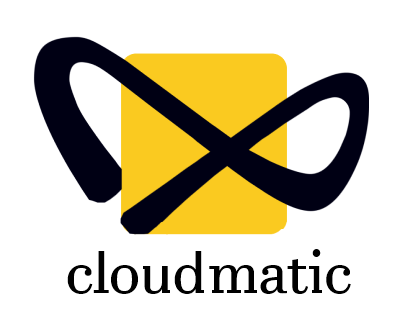SEO insights for common man. You could be a student, a teacher, a business person or a information-seeker.
Information below will provide you with entry level know-how of SEO – the search engine optimisation.
Whats Covered in this SEO insights
- What is SEO
- Types of SEO
- How SEO works
- Major Search Engines.
- SEO Test-case
- Important things for your website
1. What is SEO
“Search Engine optimisation” or a more common word “SEO” is a way to rank your webpage on Google, Big, Yahoo and a few other search engines. While a user is looking for some answer they type in their “intentions” we call it “Keywords” and Search engine lists a thousands of “websites”.

Now you know
✓ Search Engines
✓ Humans intentions i.e. Keywords (keyword variants).
2. Types of SEO
#1. On-Page SEO. – Process of optimising the content on your website.
#2. Off-Page SEO. – Every piece of your content, brand, video, image, story, news, articles that is available anywhere else on internet
#3. Technical SEO. – Refers to actions performed to help search engines crawl and index your content, this includes site browser and device compatibility, speed, performance, code quality etc.
#4. Local SEO. – Local SEO is all about setting maps and direction on various platforms like google for business and other local community and business directories.
2. How SEO works
The results provided by search engines for a “keyword” are indexed and speaks of “Human Intent” in very clear way. Search engines and their best kept secret “algorithms” help users find information of desired intentions.
3. Major Search Engines.
As per the reports from reputed source Ever since the introduction of Google Search in 1997, the market share of all search engines has been rather lopsided. Google has dominated the search engine market, maintaining an 99.05 percent market share as of February 2021.

Major search engines – Google, Bing, Yahoo
5. SEO test case
Lets dive and see how a user is provided with search results.
A user searching for used bicycles for sale, for example, may use search terms like “used bicycles for sale” or “secondhand bicycles for sale” or another different yet closely related search term. What the user is searching – the search term is -> is called a keyword. In technical term we refer it to an “intent”.
The intent in these keywords searches is same – the user wants to find and likely buy a used bicycles – but the keywords may differ widely for various reasons.
“SEO expert must understand the intent well and undertake a research to generate most suitable and widely used keywords and key-phrases. (keyword variants)”
This is how a potential lead may find your business during a search, maximising potential visibility for strongly commercial queries.
Next, you like the user to stay long on your website.
Search engines helped a user and bring them on your site.
Now the big task and objective is to trustfully fill the Intent with “Content”.
Content is referred to as “text”, images, graphics, Videos, Documents etc.
If page Content is able to satisfy the intent of user for desired information it will lead to conversion.
This, we call it – “on-page SEO”
6. On-page SEO checklist
- Validate site with Google, Bing and Yahoo.
- Setup The Google Search Console and Google Analytics
- Perform keyword research to find the top keywords.
- Choose one primary keyword for your content.
- Today Search engines are smart is smart – using the same keyword 1000 times make no sense.
- Use synonyms and LSI keywords also for explaining the topic/subject. (Latent Semantic Indexing) Keywords are conceptually related terms that search engines use to deeply understand content on a webpage.
- Make sure the primary keyword isn’t assigned to another piece of content.
- Choose three to five related keywords (synonyms and LSI) for your content.
- Create a content plan for your keyword.
- Write a title that includes the primary keyword.
- Wrap the title in an H1 tag.
- Write more than 300 words of body content.
- Write original content.
- Write content for an school-grade reading level.
- Add the primary keyword to create a 5% keyword density.
- Wrap subheadings in an H2 tag.
- Use the primary keyword in the first and last paragraph of the content.
- Add relevant internal links using targeted anchor text.
- Add relevant links to high-quality sites.
- Set outbound links to open a new page.
- Add at least one image with keyword as image file name, use image title and image alt.
- Size the image properly.
- SEO-friendly URL that includes the primary keyword.
- Optimise metas.
- Social sharing links.
Looking for advice?
Work With Our SEO Pros.
Cloudmatic has provided industry-leading SEO services to various organisation and institutions.
In addition to our SEO services, we are a full service digital marketing and web design agency.
We can help your business grow online.
Ask for a Advice | Whatsapp us | Enquire Now
